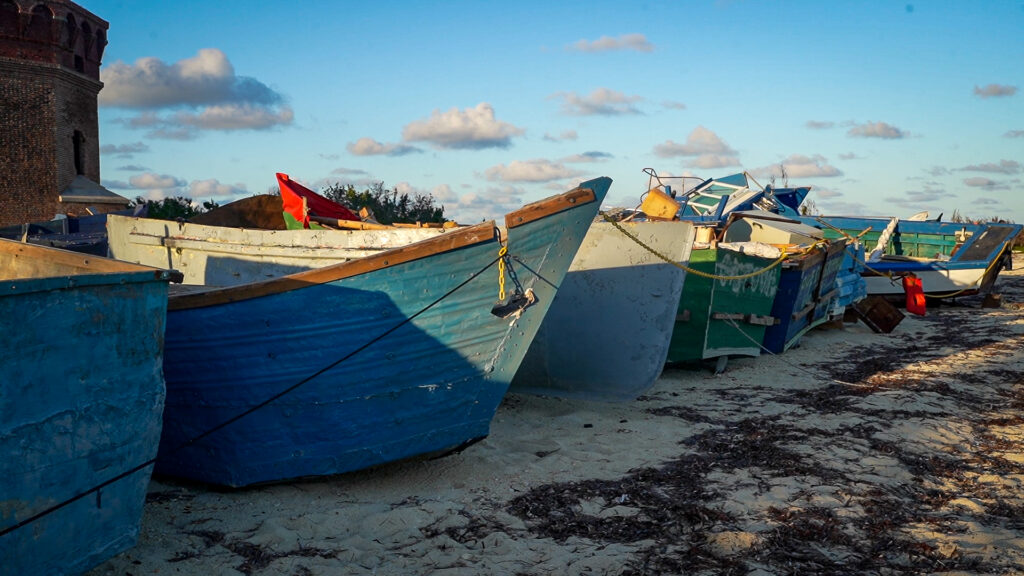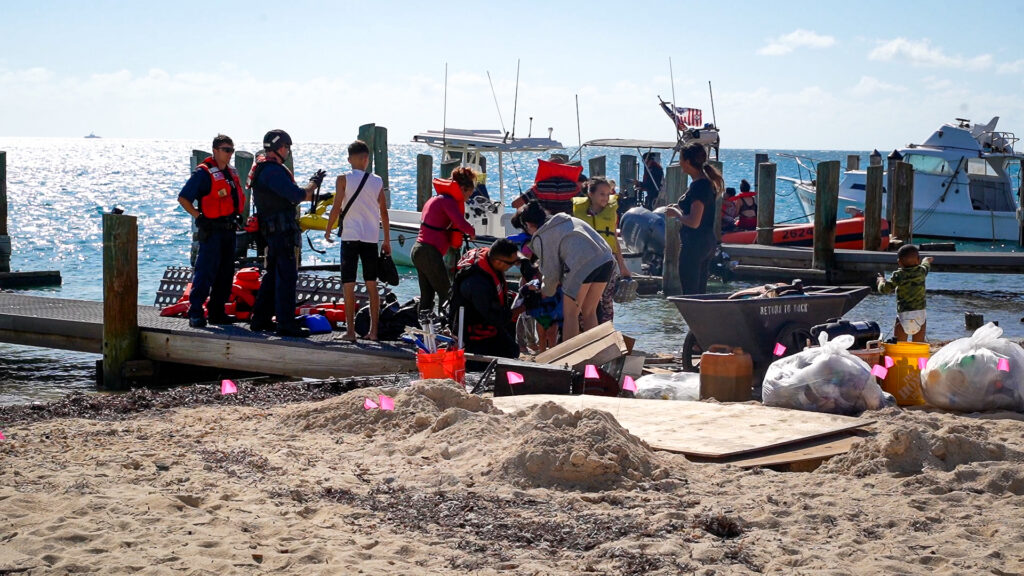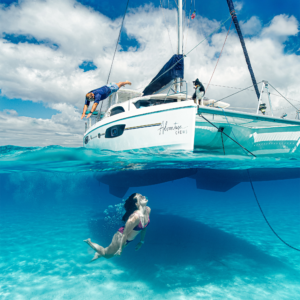Our recent trip to the Dry Tortugas and the imposing Fort Jefferson ended up being more than a touristy day out or a history lesson in coastal fortresses. The whole experience was a reminder of the plight of Cuban migrants, the present immigration crisis, and the uncertain future these people face.
Why was it so eye-opening?
Because we met a boat full of people coming ashore.
A Big Risk
The word ‘crisis’ may be an understatement; thousands of Cuban migrants have been arriving each month in the Florida Keys alone. With many Cubans facing extreme food and medicine shortages, an unreliable power grid, rising inflation, and an economic downturn, some see the possibility of a new life in the States totally worth the risk of the journey. And it’s a big risk: not only is the 100-mile trip across the Florida Straits extremely dangerous, with changeable weather, strong currents, and shark-infested waters, but most people embark on the journey in ‘chugs’—homemade boats created from styrofoam blocks, car tires, sheet metal, or whatever else can be lashed together around an old car motor.
On Garden Key in the Dry Tortugas, we walked along the beach to get a closer look at the abandoned chugs. It’s hard to describe the smell: a mix of rotting food, old clothes, and remnants of diesel baking in the sun. There are so many boats left there that the park service has to hire a barge to remove them, just in time for more to arrive. And while we were there, another one did arrive. A fishing boat came in just after sunrise one morning, loaded down with Cuban migrants.

A New Life
It wasn’t a homemade contraption like a chug, but it must’ve been built in the 1940s or 50s. It held over 40 people instead of the 6 to 8 it was designed for, and it was taking on water. Almost half of the passengers were teens, young kids, and babies.
We stood there, eyes wide, watching this unfold. They’d made that dangerous trip, with that many people, on that boat? How bad must it have been for them to risk their lives—and the lives of all those kids?
You may have heard of the “Wet Foot, Dry Foot” law pertaining to Cuban immigration. This rule basically said that Cubans who set one foot on U.S. soil will be fast-tracked to getting permanent residency. Although then-President Obama revoked this law in 2017, there still seems to be a system in place where, if Cubans reach U.S. land, they have a better chance of staying— they’re entitled to an asylum hearing in front of a judge. But if the Coast Guard catches them at sea, the migrants will be taken back to Cuba.
So it was understandable these people on the fishing boat were so happy to make it ashore. They shouted “Buenos dias!” to those camping there, and one little girl unfurled a small American flag. We got to speak to some of the passengers and discovered that one was a doctor, one was a nurse, and one had been in finance. But they’d left everything they’d ever known, boarded a rickety old fishing boat, and twenty-six hours later, they entered a new country carrying nothing but a backpack.
The park rangers gave them food and water and let them rest on yoga mats. When the Coast Guard arrived, they loaded them onto a cutter and headed for Key West, where the Cubans will be able to apply for asylum.

A Humbling Experience
It’s not our goal to dive into political waters here. Immigration is a very complex issue, and we acknowledge there are many differing viewpoints. But that day on the Dry Tortugas, our humanity witnessed others’ humanity. Seeing people in such a vulnerable, precarious position, we couldn’t help but be moved.
We’re still moved. Those people have often been in our thoughts. If they’re granted asylum, what will their new life look like? What difficulties lie ahead for them? Will those who have family in the States be able to be reunited?







Reader Interactions